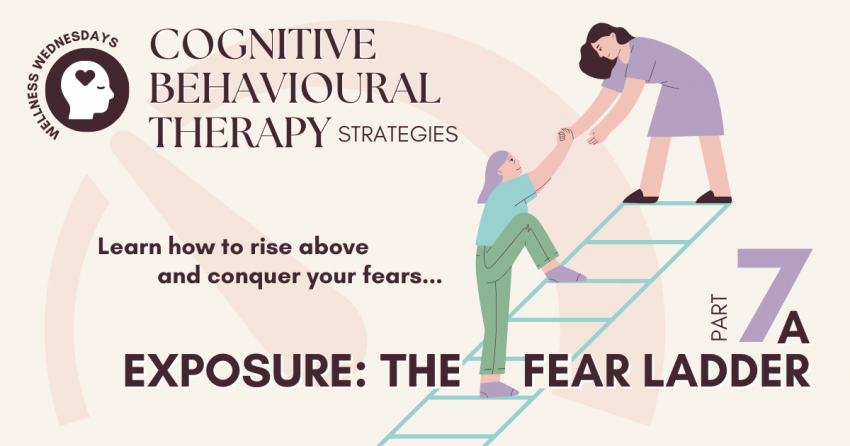Exposure, a cornerstone of Cognitive Behavioural Therapy (CBT), is particularly effective in treating anxiety in children and youth. By confronting feared situations or stimuli in a controlled manner, children learn to manage their anxiety and handle challenging situations. This process builds confidence and reduces the power of anxiety-provoking triggers over time, leading to long-term resilience and improved coping mechanisms.
Why Exposure Works
Exposure works through a process called habituation. Habituation is the brain’s natural way of reducing the emotional response to a stimulus after repeated exposure. Essentially, the brain learns that the feared situation is not as dangerous as initially perceived, leading to a decrease in anxiety over time.
Imagine a child who is initially scared of riding a bike without training wheels. The first few attempts are filled with anxiety and fear of falling. However, with each attempt, the child becomes more accustomed to the sensation of balancing and pedaling. Eventually, the anxiety diminishes, and the child rides the bike confidently. Similarly, through repeated exposure to a feared situation, a child learns to manage their anxiety and build confidence.
Gradual Approach to Facing Fear
The core principle of Exposure is its gradual approach. Children are introduced to feared situations incrementally, starting with the least anxiety-provoking scenarios and progressing to more challenging ones. This step-by-step approach prevents overwhelming feelings and ensures manageable progress.
The Fear Ladder Technique
One of the most effective tools in Exposure is the Fear Ladder, which involves breaking down a fear into manageable steps and addressing each one progressively:
- Identify the Fear: Be specific. For example, if a child fears talking to their teacher or a peer, break down the elements of these fears.
- Break Down the Steps: Rate each step in terms of fear intensity (1-10). For instance, writing a question on a sticky note might be rated lower than asking a question in front of the class or initiating a conversation with a peer.
- Order the Steps: Arrange these steps from easiest to hardest.
- Create a Plan: Develop a detailed plan for facing each fear step-by-step, rewarding each accomplishment. Repeat each step until it becomes manageable.
Example: Fear of Talking to a Peer (purple) | Teacher (blue)
Step 1: Smile at a peer | Write a question on a sticky note
Reward: High Five


Step 2: Say “hi” to a peer | Ask the teacher an easy question
Reward: Bake cookies with mom


Step 3: Compliment a peer | Ask the teacher a medium question
Reward: Choose a game to play with family.


Step 4: Ask a peer a simple question | Ask the teacher a hard question
Reward: Special lunch with dad


Step 5: Invite a peer to play | Ask a question in front of the class
Reward: Visit the Bunny Café with mom.


Here are a couple of worksheets to help get you started:
Things to Watch Out For
While Exposure can be highly effective, there are important considerations to avoid worsening a child’s anxiety:
- Avoid Overwhelming Exposure: Ensure that each step on the Fear Ladder is manageable. Jumping too quickly to highly anxiety-provoking situations can be counterproductive.
- Monitor the Child’s Response: Continuously observe the child’s reactions. If the child shows signs of severe distress, it may be necessary to slow down or adjust the exposure steps.
- Provide Support and Encouragement: Positive reinforcement and support are crucial. Celebrate small victories and provide reassurance.
- Avoid Negative Reinforcement: Do not remove the child from the situation too quickly if they show anxiety. This can reinforce the fear and make it more difficult to overcome in the future.
By understanding the principles behind Exposure and carefully planning the steps, children can systematically desensitize themselves to anxiety-provoking situations, building the foundation for long-term resilience and confidence.
Next time in Part 7B, we dive into practical tools for enhancing Exposure, including the Brave Chart and Behaviour Experiments. Learn how to effectively track progress, involve family, and challenge irrational beliefs to support your child in overcoming anxiety.
